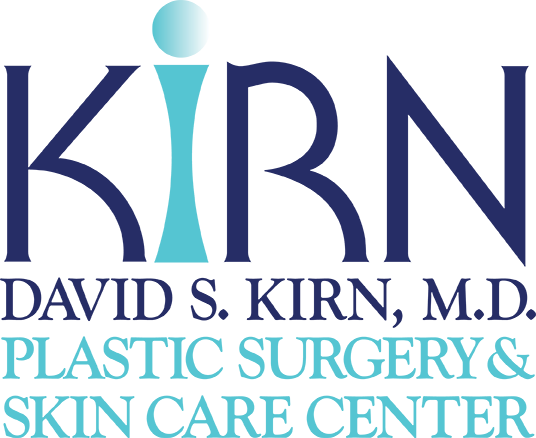PATIENTS FREQUENTLY SAY, “NO MATTER HOW MUCH I DIET AND EXERCISE, MY BELLY WON’T CHANGE.”
Pregnancy, weight changes, and time all influence the component parts of the abdomen. The abdominal wall has three components: 1) the muscles 2) the fat layer, and 3) the skin. Although weight loss will decrease the fat component it will have little to no effect on the muscle or skin components.
During pregnancy, the two rectus abdominis muscles which run straight down the center of the abdomen bow outward. Likewise, the skin stretches out. After pregnancy, the rectus muscles usually retain some curve allowing the central abdomen to bulge and have a rounded appearance. Although exercise can strengthen the muscles it does not put them back into a straight orientation. Likewise, the skin does not always completely shrink down to its original size, leaving some redundancy. Significant weight changes can have similar effects on the skin and muscle in both men and women.
IF THE PROBLEM IS SIMPLY EXCESS FAT, LIPOSUCTION REMAINS A SIMPLE AND EFFECTIVE SOLUTION.

Or, if the problem is only a small amount of excess skin, mini-abdominoplasty may be the ticket. However, the most common circumstance is that all three layers, muscle, skin, and fat, must be addressed with a full abdominoplasty (a.k.a. Tummy Tuck). Abdominoplasty has remained one of the most effective and satisfying operations in Plastic Surgery. Since there are options on how to best address the abdomen, the guidance of an experienced Plastic Surgeon is essential to selecting the right operation.
OUR PRACTICE HAS WORKED TO RETAIN THE SAME RESULTS OF THE TRADITIONAL ABDOMINOPLASTY WHILE MINIMIZING PAIN AND DOWNTIME.
We have been performing a no-drain tummy tuck since 2010 with great success. The long-acting numbing medication, Exparel®, provides significant pain relief for roughly 72 hours after the procedure. And an electronic device called Sof-Pulse® decreases inflammation and thus pain. These three technologies are combined in our iTuck® operation. With this method, most of our patients are back to nearly normal activities within a week or so of surgery. Although there are some activity restrictions, most patients resume exercise at two weeks. For the iTuck®, incremental technology improvements have been combined to take a great operation and make it better.

